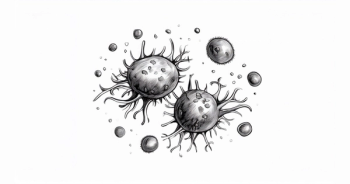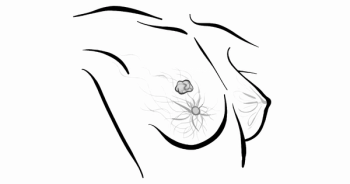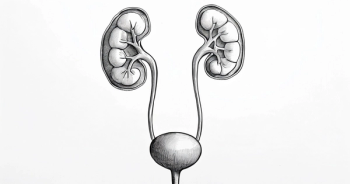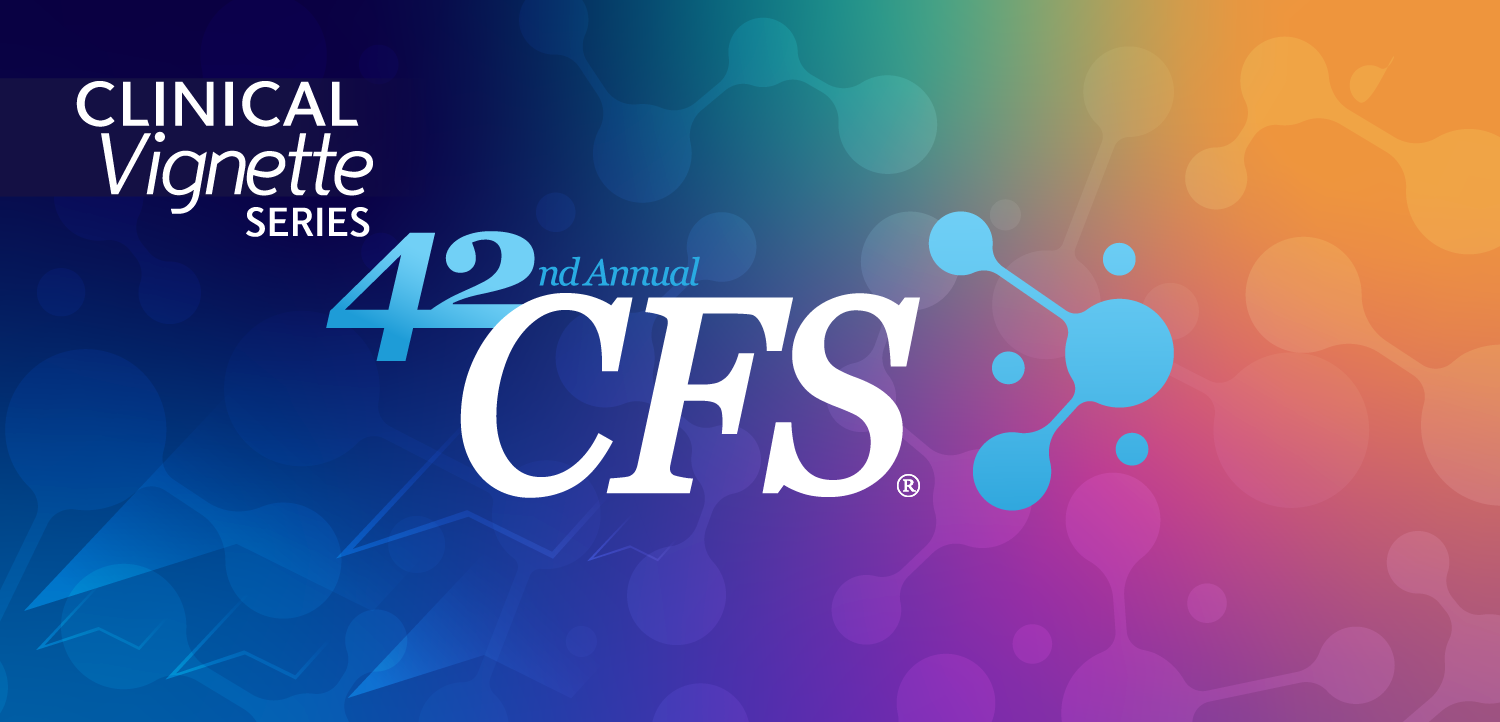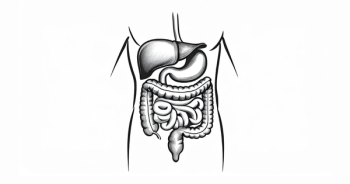
Inotuzumab Ozogamicin Receives FDA Approval for ALL
Inotuzumab ozogamicin (Besponsa) has received FDA approval for the treatment of adults with relapsed or refractory B-cell precursor acute lymphoblastic leukemia (ALL), based on findings from the phase III INO-VATE trial.
Richard Pazdur, MD
Inotuzumab ozogamicin (Besponsa) has received FDA approval for the treatment of adults with relapsed or refractory B-cell precursor acute lymphoblastic leukemia (ALL), based on findings from the phase III INO-VATE trial. The approval comes with a boxed warning for hepatotoxicity and warning of an increased risk of death following certain types of stem cell transplant.
In the phase III study, 326 patients were enrolled, with the approval based on data from the first 218 selected for the primary analysis. In these patients, the complete remission (CR) rate was 35.8% in the inotuzumab ozogamicin compared with 17.4% with chemotherapy. Of those who achieved a CR, 89.7% in the inotuzumab ozogamicin were negative for minimal residual disease (MRD) versus 31.6% with chemotherapy.
“For adult patients with B-cell ALL whose cancer has not responded to initial treatment or has returned after treatment, life expectancy is typically low,” Richard Pazdur, MD, director of the FDA’s Oncology Center of Excellence and acting director of the Office of Hematology and Oncology Products in the FDA’s Center for Drug Evaluation and Research, said in a statement. “These patients have few treatments available and today’s approval provides a new, targeted treatment option.”
Inotuzumab ozogamicin is composed of a humanized IgG4 anti-CD22 antibody covalently linked to N-acetyl-gamma-calicheamicin dimethyl hydrazide (CalichDMH). Upon binding to B cell-specific CD22 receptors, the drug is internalized causing the release of CalichDMH within the cell. The cytotoxic agent CalichDMH causes double-strand DNA breaks and apoptosis.
In the phase III study, 109 patients received inotuzumab ozogamicin at a starting dose of 1.8 mg/m2each cycle, which consisted of a 0.8 mg/m2dose on day 1 followed by 0.5 mg/m2on day 8 and day 15, which is the FDA recommended dose. In the chemotherapy arm, 109 patients received physicians’ choice of fludarabine plus cytarabine with G-CSF, high-dose cytarabine, or cytarabine plus mitoxantrone.
Most of the patients in the investigational arm were under the age of 55 years (61%). The clinical trial represented the first salvage therapy for 67% of patients in the inotuzumab ozogamicin arm versus 63% in the comparator. All patients enrolled in the phase III study were CD22-positive, which is expressed in most patients with B-cell ALL.
Overall survival (OS) was analyzed in all 326 individuals. During this review, the risk of progression or death was reduced by 55% with inotuzumab ozogamicin versus standard therapy (HR, 0.45; 97.5% CI, 0.43-0.61;P<.001). OS was improved with inotuzumab ozogamicin versus chemotherapy; however, this improvement was not statistically significant (HR, 0.77; 97.5% CI, 0.58-1.03;P= .04).
Adverse events (AEs) were assessed in 259 patients from the full study population. This analysis consisted of those who received ≥1 dose of inotuzumab ozogamicin (n = 139) or chemotherapy (n = 120). The median duration of treatment in the inotuzumab ozogamicin arm was 8.3 weeks versus 0.9 weeks with chemotherapy.
Eighty-three percent of patients in the inotuzumab ozogamicin arm discontinued treatment over the course of the study versus 89% in the chemotherapy arm. The most common cause of discontinuation in the inotuzumab ozogamicin arm was CR (35%) compared with resistant disease in the chemotherapy arm (40%). The number of patients receiving SCT was doubled in the inotuzumab ozogamicin arm (n = 48) compared with chemotherapy (n = 20).
The most frequently observed grade ≥3 AEs in both arms were hematologic cytopenias. Grade ≥3 hepatobiliary AEs were seen in 9% of patients treated with inotuzumab ozogamicin versus 3% with chemotherapy. All grade veno-occlusive liver disease (VOD) occurred in 15 patients (13 were grade ≥3) in the inotuzumab ozogamicin arm versus 1 in the chemotherapy arm. Most VOD cases were seen after SCT (n = 10). In total, there were 2 deaths associated with VOD in the inotuzumab ozogamicin arm.


